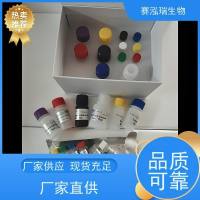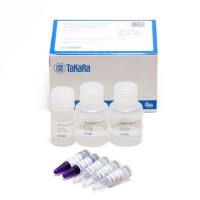In platelets, two pools of nucleotides have been demonstrated: one is utilized for the metabolic needs of the platelets (1 ) and the second stores nucleotides in a metabolically inert form in dense granules. Upon activation of platelets, nucleotides are released from the dense granules into the extracellular space (2 ). The nucleotides, stored in the dense granules of platelets, can be divided into two subgroups—the mononucleotides and the dinucleotides. The mononucleotides comprise adenosine mono-, di-, and triphosphates (AMP, ADP, and ATP) as well as guanosine mono-, di-, and triphosphates (GMP, GDP and GTP). D’Souza and Glueck determined the following total amounts of mononucleotides in platelets (μmol/10−11 platelets): AMP, 0.7; ADP, 4.4; ATP, 5.5; GMP, 0.3; GDP, 0.75; and GTP, 0.7 (1 ). The dinucleotides comprise dinucleoside polyphosphates with adenosine (A) and/or guanosine (G) as nucleosides (Apn A, Apn G, Gpn G) with phosphate chain lengths of n = 2 to n = 7 (3 –6 ). The total content of the diadenosine polyphosphates was determined by Jankowski et al. (7 )(μmol/10−11 platelets): Ap3 A, 0.78; Ap4 A, 0.96; Ap5 A, 0.38; and Ap6 A, 0.12. The concentrations of Apn G and Gpn G are estimated to be a factor of 2 to 3 lower than those of the diadenosine polyphosphates.


![四[N-邻苯二甲酰-(S)-叔亮氨酸基]二铑双(乙酸乙酯)加合物;154090-43-4;Elemental analysis(Nitrogen) 3.30 to 4.50 %;V66234-25mg](https://img1.dxycdn.com/p/s14/2025/1029/004/8672158669127143891.jpg!wh200)



